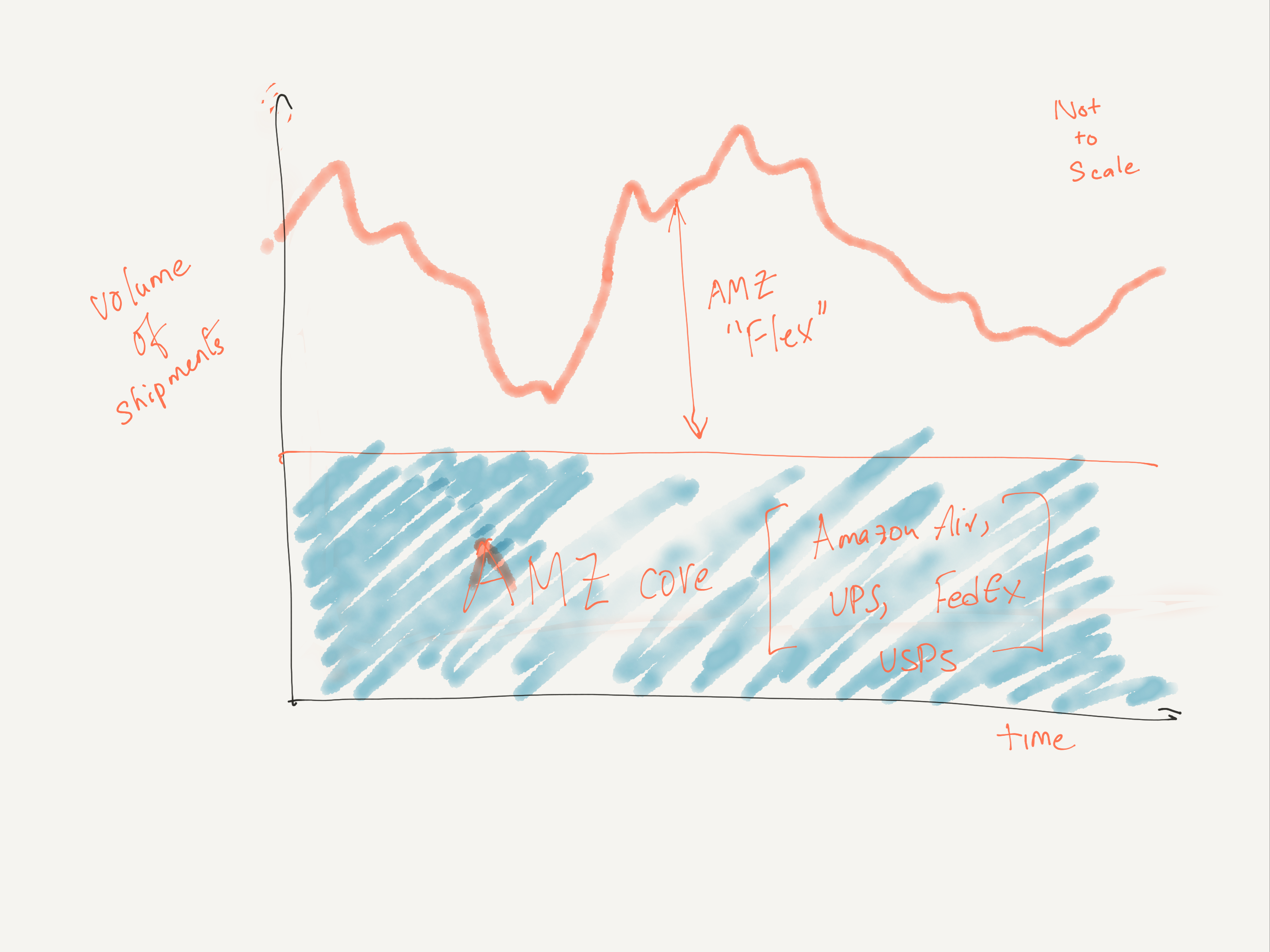Omnichannel is not only for retail. It is now here in auto industry, as Ford moves to “assemble to order” model.
Leave a CommentTag: Service Products
A post about Tesla’s decision to cut more than 3,000 jobs and scale back on showrooms. Tesla needs showrooms, but not for the often-quoted reason. I argue that after this decision, Tesla should focus on its most-valued customers by improving on their product service bundle.
Leave a CommentPalantir is one of the most fascinating companies in the Valley because the core purpose of the company is data-analysis based intelligence products and services — a setup so close to the nature of operations research. Palantir occupies a weird service space between Tool-kit Developers like Matlab and Mathematica, Consulting firms like ZS and Booz, and IT service companies like Wipro. Evidently, Palantir does a lot of data-analysis for the government agencies reportedly on terrorism, and hence is under constant scrutiny by journalists and civil liberties organizations, and it is famously opaque. So, it is always interesting when some light is shed on its business. The article in WSJ is informative in some ways. The authors are skeptical on Palantir:…
Leave a CommentFor long time e-commerce and operations observers, it was no surprise that Amazon was opening its “shipping” business: It was as predicable as a bowling ball on the lane slowly rolling to the pins. Much earlier, in 2014, Amazon had invested in a British shipping firm, Yodel. In 2016, Amazon had purchased a 25% stake in the French parcel Delivery company Colis Prive. Through FBA (Fulfillment by Amazon), Amazon already handles “logistics and shipping” for third party sellers – currently at 51% of all sales units (in 2017 Q4). It has been at that proportion for several quarters now. So no surprise, really. However, let’s talk about who is absolutely critical for Amazon to compete with UPS and FedEx. Compared…
Leave a CommentIn my earlier post on the Brief History of Amazon Prime, I had mentioned about the stickiness of Amazon Annual Prime Pricing. An issue with scaling revenues this way is stickiness of prices. It took a whole nine years for Amazon to go from $79 to a more profitable fee of $99. (I thought the fees would be raised to $108 at $9 a month – closer to NetFlix rates – but the fees were stickier than I had thought). Prime subscription prices vary quite a bit geographically around the world. For instance, the annual subscription is $99 in the U.S., £99 in the U.K. (equivalent to USD 115), $22 in Italy, and about $8 in India. However, within certain geography…
Leave a CommentIn late December 2017, continuing its string of legal setbacks, Uber lost a case in the European Court of Justice which ruled that Uber is a taxi company. Specifically, the courts rule that a company whose service is “to connect, by means of a smartphone application and for remuneration, non-professional drivers using their own vehicle with persons who wish to make urban journeys” must be considered “a service in the field of transport.” The news coverage of the case indicate that the ruling only impacts four markets (Poland, Czech Republic, Slovakia, and Romania), where Uber is yet to be regulated under the local or national laws. In fact, Uber is already regulated like a taxi company in many European nations. Proponents of…
Leave a CommentWired Magazine reports that San Francisco is planning to adjust parking spot prices based on demand, essentially moving to dynamic pricing of parking spots. Note that SF has been experimenting with the dynamic pricing of spots already. This proposal by San Francisco Municipal Transportation Agency (SFMTA) — which has not been voted by the City Council yet — expands the dynamic pricing spots from the current 7000 meters to 28,000 meters. I’ll make 4 salient points about the issue: (a) Success depends on operational transparency, (b) Roads utilization, not spots, is the main source of congestion, (c) Dynamic pricing may not improve utilization, and (d) Dynamic pricing may hurt consumer welfare. (In fact, I will discuss research evidence that SFPark…
Leave a Comment